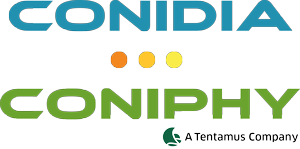Analysis of mold on contaminated products or material
Identifying the microorganism(s) contaminating my material or environment in order to implement the best adapted treatment or solution.
Reasons for the development of mold on my material
Microorganisms develop on material and products using them as a support or as a source of nutrients.
Microorganism growth factors
The development of mold growth is favored by certain conditions, in particular:
- Temperature
- Relative humidity
- Nutrient = organic carbon source.
Mold can find these nutrients within the material or product itself but can also develop on material that has become dirty, even those with a coating (paint, wall paper…).
Microalgal growth requires:
- water
- surface humidity (the edges of a well, concrete…)
- light
Photosynthesis enables microalgae to produce their own source of carbon and thus to grow exponentially.
The different forms of contamination
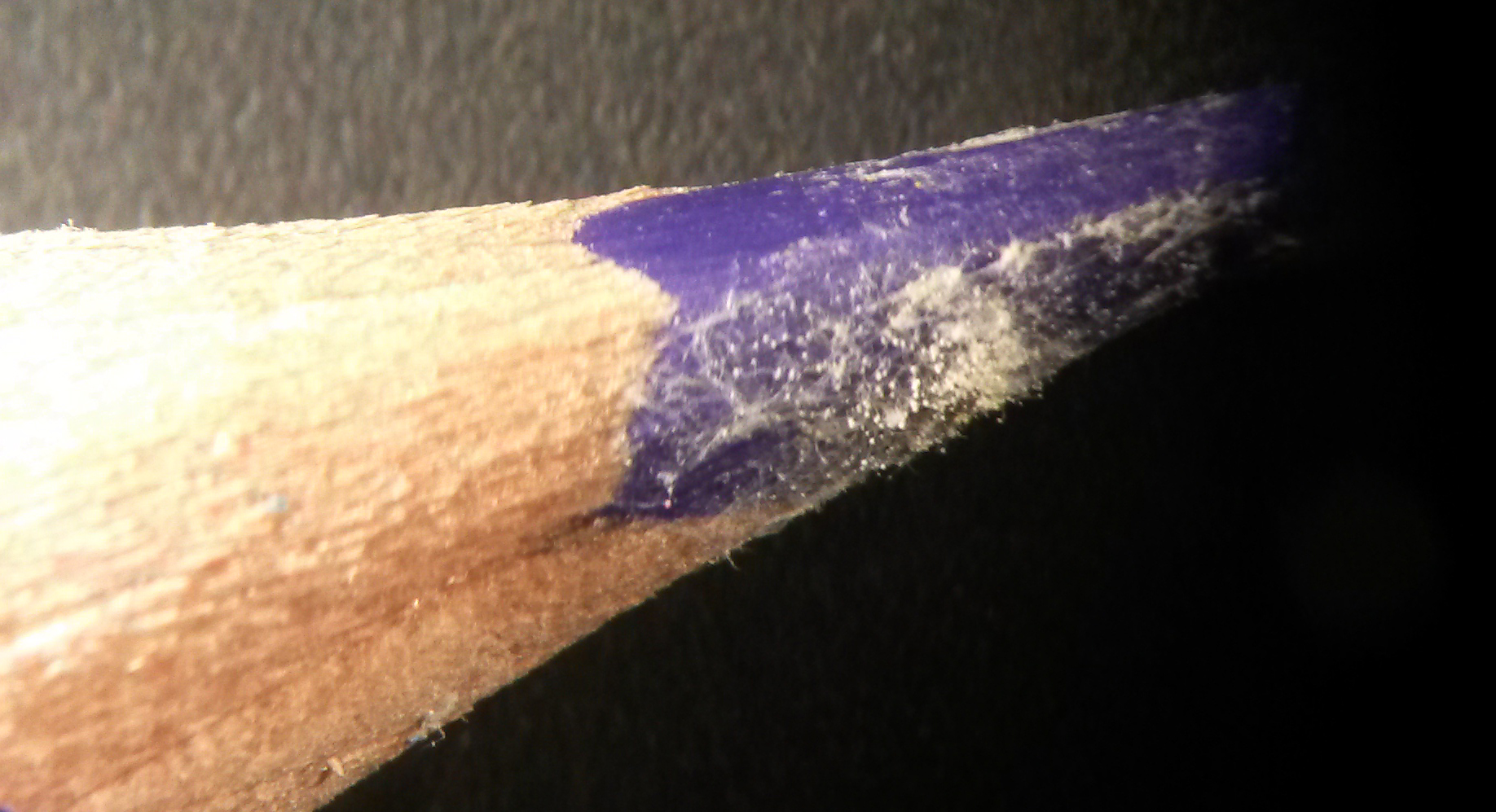
Pencil lead
Contaminated by mold
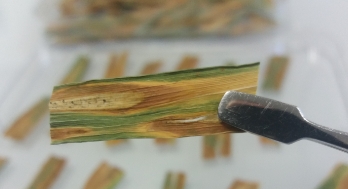
Wheat leaf
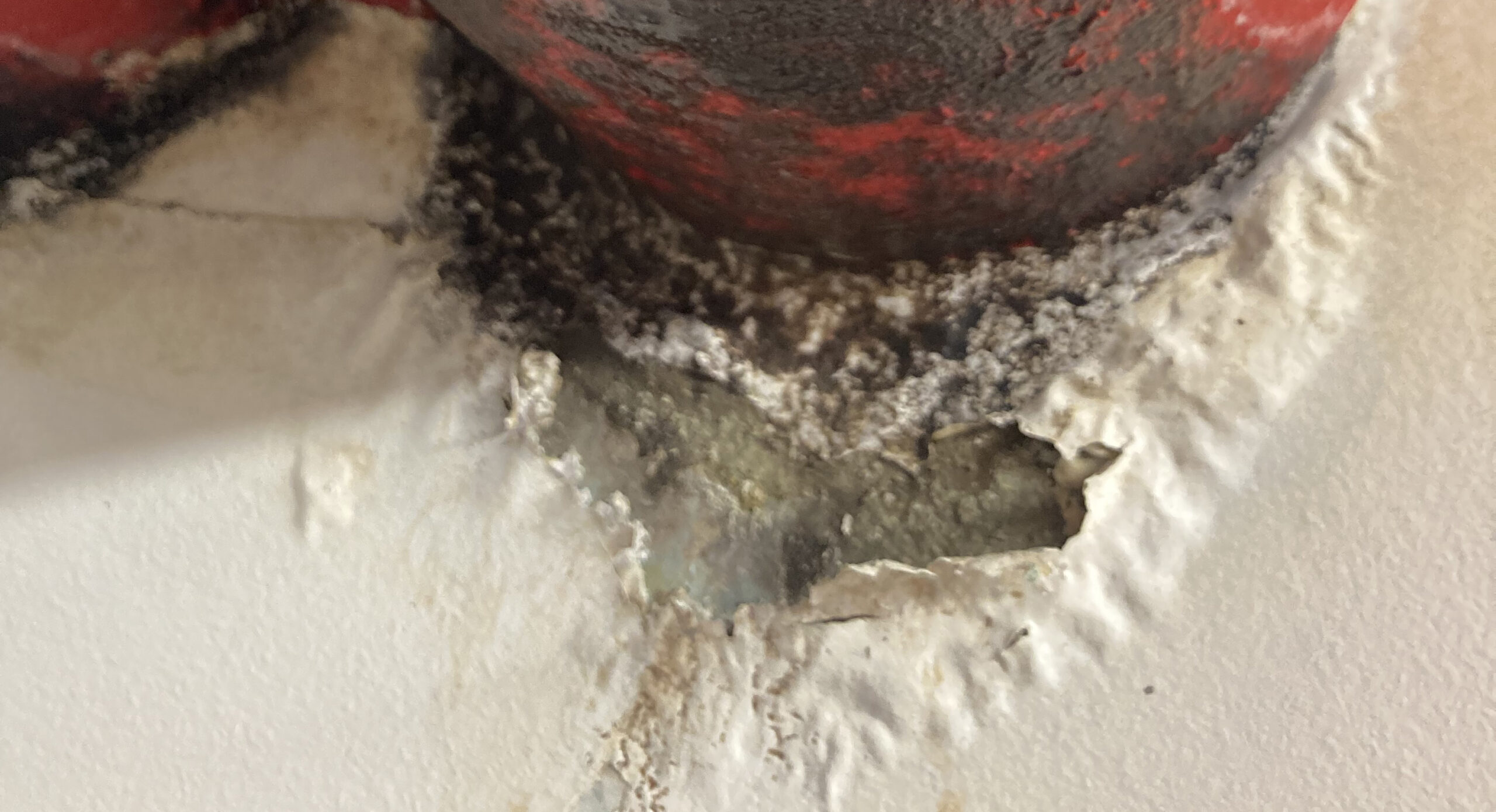
Contaminated wall
Mold development on a wall following the infiltration of water
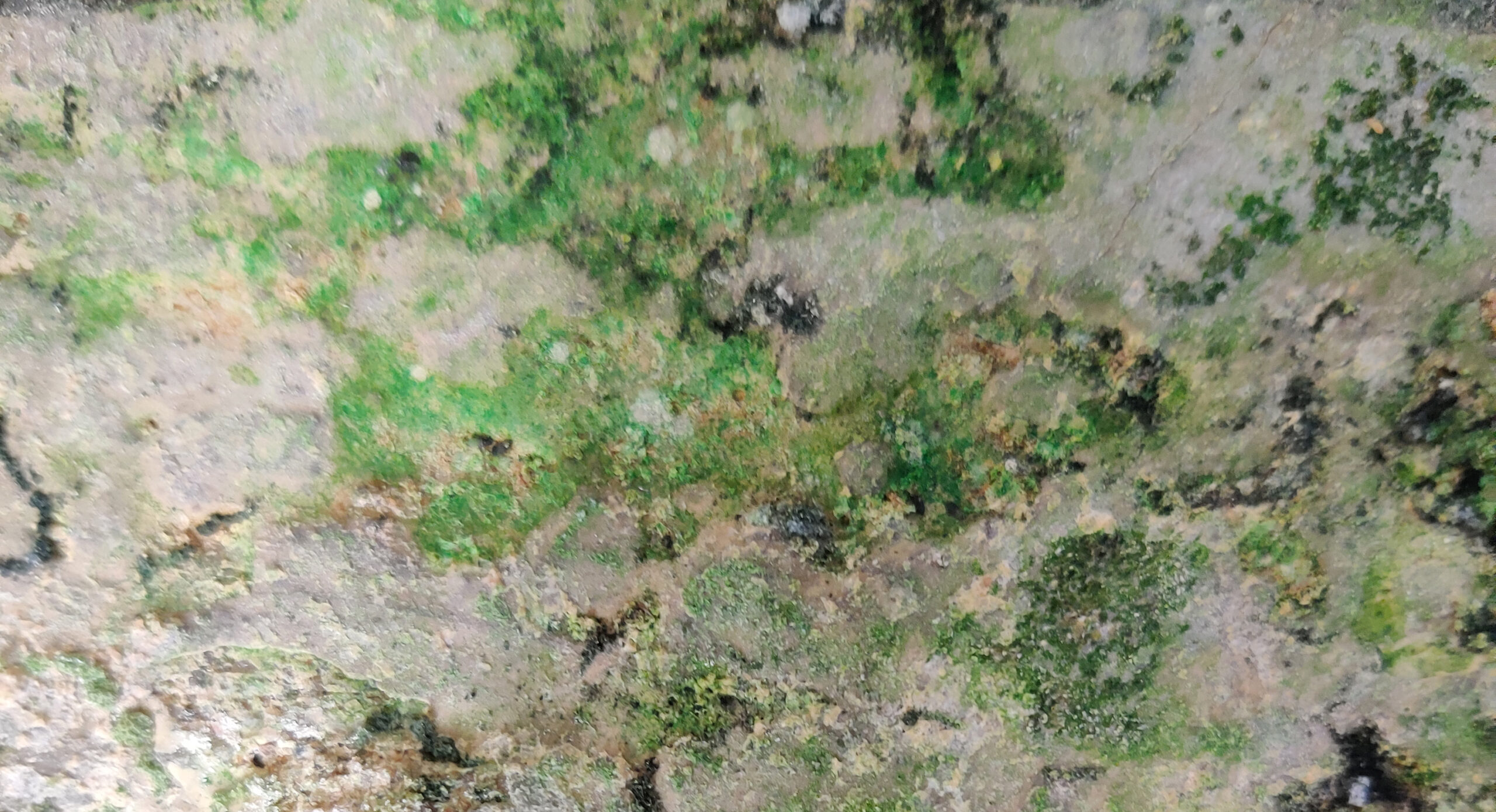
Contaminated wall
Green algal growth on a wall following a leakage from the roof
Mold development on your material or product? We have urgent solutions to help you
We will implement a study unit dedicated to meeting your needs and which can intervene rapidly to limit the risk of damage to your image or reputation.
We will help you both to identify the nature and source of the microbial contamination and to prevent it.
We perform studies in two stages and provide you with reliable scientific results complete with recommendations.
Methods used to identify and analyze mold and microorganisms
Microbiological analysis of materials and products
The analysis of contaminants can be performed on a sample of the contaminated product sent directly to the laboratory. If you are unable to send us the contaminated product, we can send you tools allowing sampling (swabs, sterile tubes and pots…).
Upon receiving your contaminated product or sample, we perform a first microscopic analysis to validate the presence of microorganism(s). Following this, we may perform a culturing step to isolate and identify the contaminants. Today, a combination of tools (molecular biology, Maldi-tof) are at our disposal to complete the laboratory observations.
Knowledge of the ecology of the identified microorganisms helps deduce hypotheses on the source of the contaminations and on approaches for their prevention.
Should the contamination concern a product production or storage area, investigations may be performed to elucidate the cause.
On-site analysis
- Understanding and mapping the industrial process helps define the type of sampling required.
- Sampling of air, surfaces and raw materials is then performed to identify the contamination zone.
These methods can also be used in prevention in order to measure the level of risk of contamination according to certain characteristics in relation to:
- the product: study of the raw materials used
- the industrial process: man, machine and environment
- storage conditions and logistics.
Microbiological risk management (prevention)
Analysis of data on the process, the nature of the product and of its environment helps define zones at risk and the types of microorganisms susceptible to develop.
The elaboration of a microbiological risk management plan will help you provide the best protection of your products from contamination.
The benefits of knowledge on contamination risks
An economic gain: the rapid and long-lasting management of the microbial contamination of your product contributes towards reducing waste and operating losses.
A guaranteed healthy environment for you, your business partners and your clients.
Whether the microbial contamination concerns materials, plants, air, or swimming pools, solutions exist to limit their growth. The aim is to test these solutions in order to improve the durability of your goods or your health.
Our solutions associated with analysis of contaminated material
Testing the resistance of materials to microorganisms
Algicidal product testing
Let's work together !
If you have any needs or questions about environmental microbiology, contact us and we'll provide you with the answers you need.
